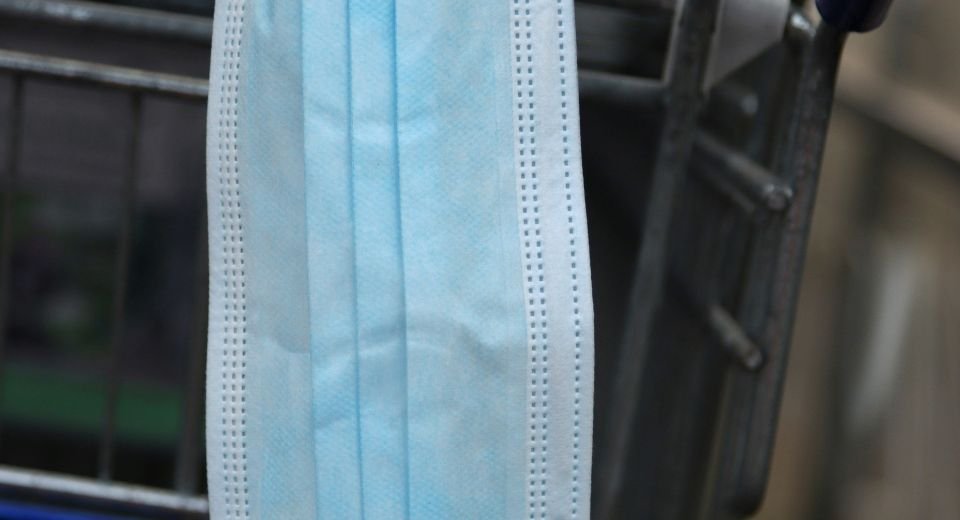HQ Team
February 20, 2025: A joint study by the University College London (UCL) and University College London Hospitals (UCLH) has revealed that portable air cleaners (PACs) and mechanical ventilation systems, designed to reduce the spread of airborne viruses in hospitals, may inadvertently increase the circulation of viral aerosols in certain scenarios.
The study highlights the complex and often unpredictable airflow dynamics in healthcare settings, raising critical questions about current infection control strategies.
Aerosol particles
Researchers conducted experiments in a modern outpatient clinic, using aerosol generators to simulate viral particles exhaled by infected individuals. They tracked the movement of these particles under various conditions, including changes in ventilation settings, PAC placement, and door positioning.
The researchers found that in some cases, PACs increased aerosol migration by up to 29% between neighboring rooms, while built-in ventilation systems amplified particle spread across the clinic by up to 5.5 times.
Air currents created by PACs and ventilation systems often led to unexpected results, with viral particles being redistributed to high-traffic areas like nursing stations and waiting rooms.
The COVID-19 pandemic highlighted the risks of airborne transmission in healthcare settings, leading to widespread adoption of PACs and enhanced ventilation systems. However, this study suggests that these measures may have unintended consequences.
The study notes that airflow patterns in older hospitals, which often have natural drafts, are even more unpredictable, making them particularly vulnerable to unintended viral spread
“The COVID-19 pandemic really highlighted the risk of picking up airborne viral infections in hospitals, which naturally led to efforts to reduce this risk. In many hospitals, the use of ventilation systems and portable air cleaners has increased,” Professor Laurence Lovat, senior author of the UCL Surgery & Interventional Science and UCLH study, said. “While the urgency of the situation demanded a rapid response, since then, we’ve been studying precisely how viral particles move around in real spaces and have been surprised by what we’ve found. Putting air cleaners in rooms led to unexpected increases in the circulation of aerosols in some cases, but it took months to understand what we were seeing. Each scenario produced different, unexpected results, depending on the spaces and airflow sources involved.”
Lovat continued, “Even at UCLH, a modern hospital built less than 20 years ago, airflow patterns were not predictable. In older hospitals, which often have natural draughts, the situation would likely be even more complex.”
Closing consulting room doors reduced aerosol spread by up to 97%, but this is not always practical in real-world hospital settings.
The study underscores a fundamental challenge: airflow in hospitals is highly complex and difficult to predict. PACs and ventilation systems, while effective at filtering air, can introduce turbulence that pushes unfiltered particles further into hospital spaces. Larger PACs, in particular, with their powerful exhaust vents, were found to exacerbate this issue.
Implications for infection control
These findings have significant implications for hospitals worldwide, especially in the wake of the COVID-19 pandemic, which saw a surge in the use of air purification systems. Key takeaways are that large PACs should not be placed in high-traffic areas without thorough airflow assessments. Smaller, room-specific units may be safer.
Better airflow management. More airflow does not always mean safer conditions. Hospitals must collaborate with engineers to ensure air currents move contaminants away from people, not toward them.
Where possible, closing doors can significantly reduce airborne particle movement, though this must be balanced with operational needs.
The research team is developing AI models to predict and optimize airflow patterns in real-time, offering a potential solution to this complex problem.
This study serves as a wake-up call for infection preventionists and hospital administrators. While air cleaners and ventilation systems are essential tools in combating airborne pathogens, their deployment must be carefully planned to avoid unintended consequences. As we continue to face respiratory viruses like SARS-CoV-2 and influenza, a data-driven, strategic approach to infection control is more critical than ever.
“The Influence of Mechanical Ventilation and Portable Air Cleaners Upon Aerosol Spread in a Hospital Outpatients Clinic” is available in Aerosol Science & Technology,


